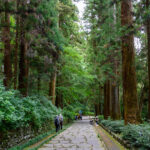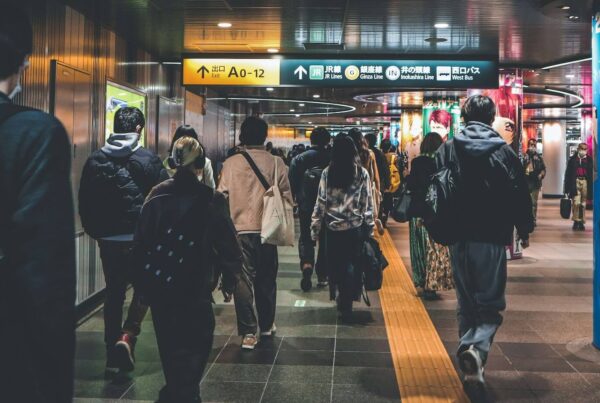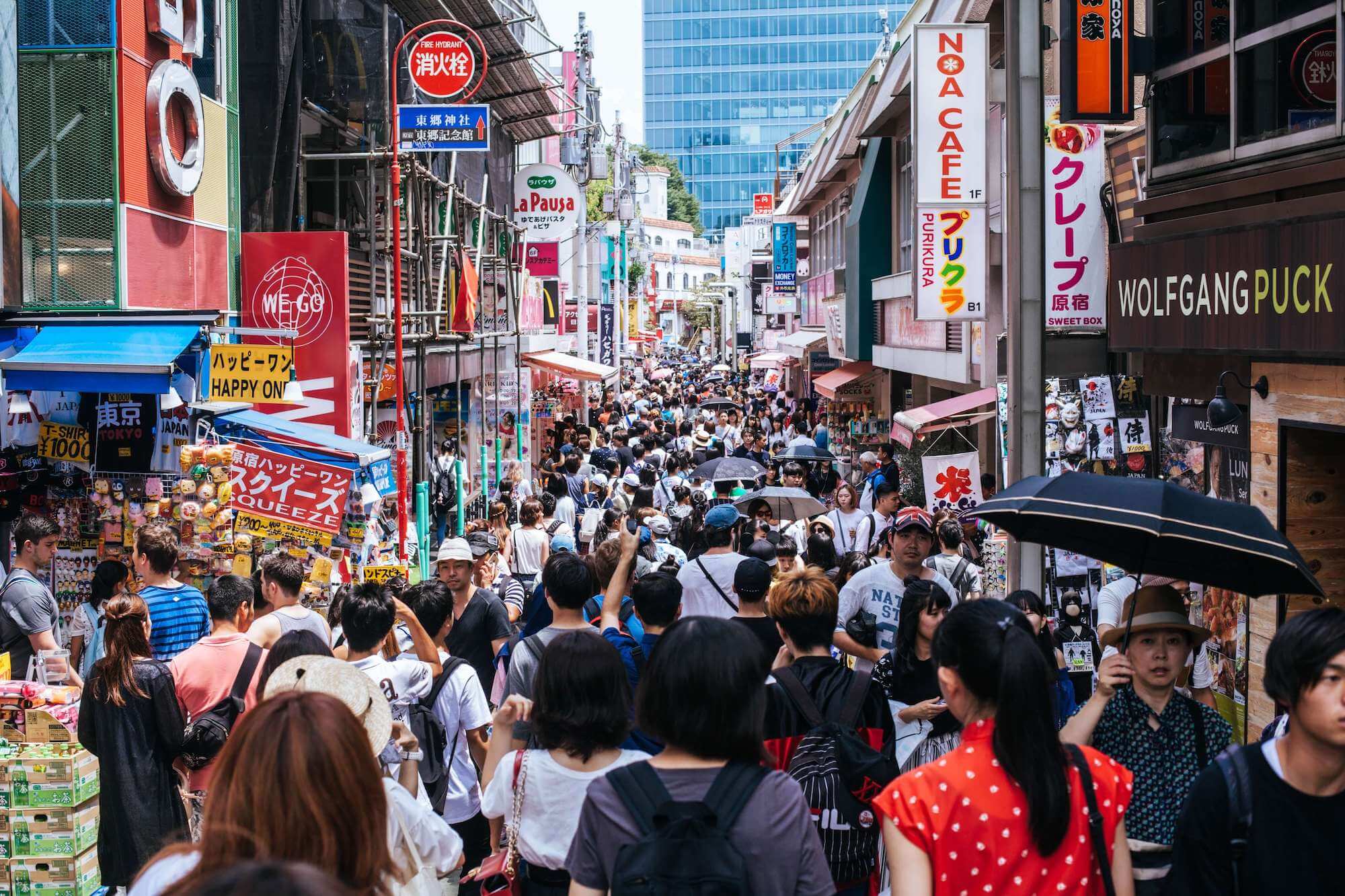Osaka is a city with many interesting neighbourhoods, many of which are undiscovered by visitors. Most people are familiar with Shinsaibashi, Umeda and Namba but there are many other off the beaten track neighbourhoods worth exploring where the city’s true character lies. Here is a list of some neighbourhoods you’re probably not familiar with.
Table of Contents
Nakazakicho
A short walk from the hustle and bustle of Umeda is the charming neighbourhood of Nakazakicho. Despite being close to Umeda, with its many department stores and skyscrapers, Nakazakicho has remained a quiet area, with many trendy independent shops and cafes dotted around the area. It’s hard to believe it’s only a stone’s throw from one of the busiest parts of the city.
Some of the area’s popular places include 89 Cafe, which serves coffee, yuzu tea and many delicious homemade cakes. Jam Pot is another popular shop, which like many of the shops here, is very small, but crams in as much as it can into its space. Here you will find many handmade pieces of jewellery and accessory as well as occasional exhibitions. Tengo Nakazaki-Dori-Shotengai is the main shopping street in the area, you’ll find plenty of independent shops and cafes to explore.

Credit: flickr/chiaki99

Credit: flickr/m-louis
The area is one of the few parts of the city that has escaped commercialisation, mainly down to the fact it is one of the few areas to avoid damage during the war. It has remained pretty much intact since.
The houses remain to this day, giving the area its unique and quaint atmosphere. In recent years it has area has become popular with artists as an art district due to its retro charm. Nakazakicho area is a great place for a leisurely stroll, where you can find the many labyrinth of alleys and secluded shops and cafes.
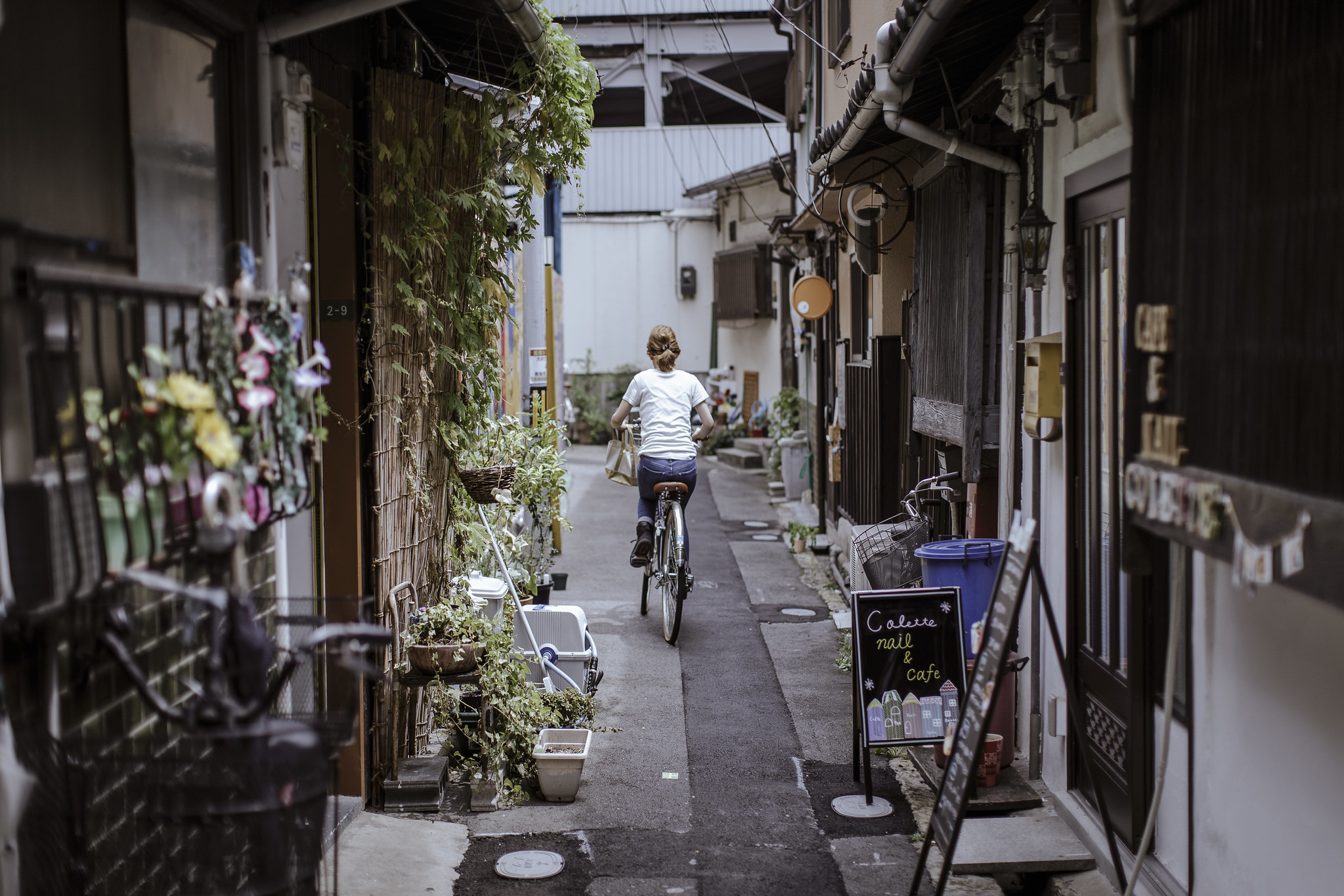
Credit: flickr/mcdyessjin
The nearest station is Nakazakicho on the Tanimachi subway line. Alternatively, it is around a 15-minute walk from Umeda.
Tokyo vs. Osaka: The Differences Between the Two Largest Cities in Japan
Tenma
Tenma is perhaps most famous for the Tenmangu Shrine, where the Tenjin-matsuri is held every year. This is an area with a lot of character. Tenma really comes to life in the evening, with the many traditional restaurants and bars serving food and drink to locals. In recent years it has emerged as one the city’s most popular hotbeds for food, with many eateries dotted around the area from the many alleys around Tenma station. Here you can expect to find a range of different foods.

Photo credits: JoshBerglund19
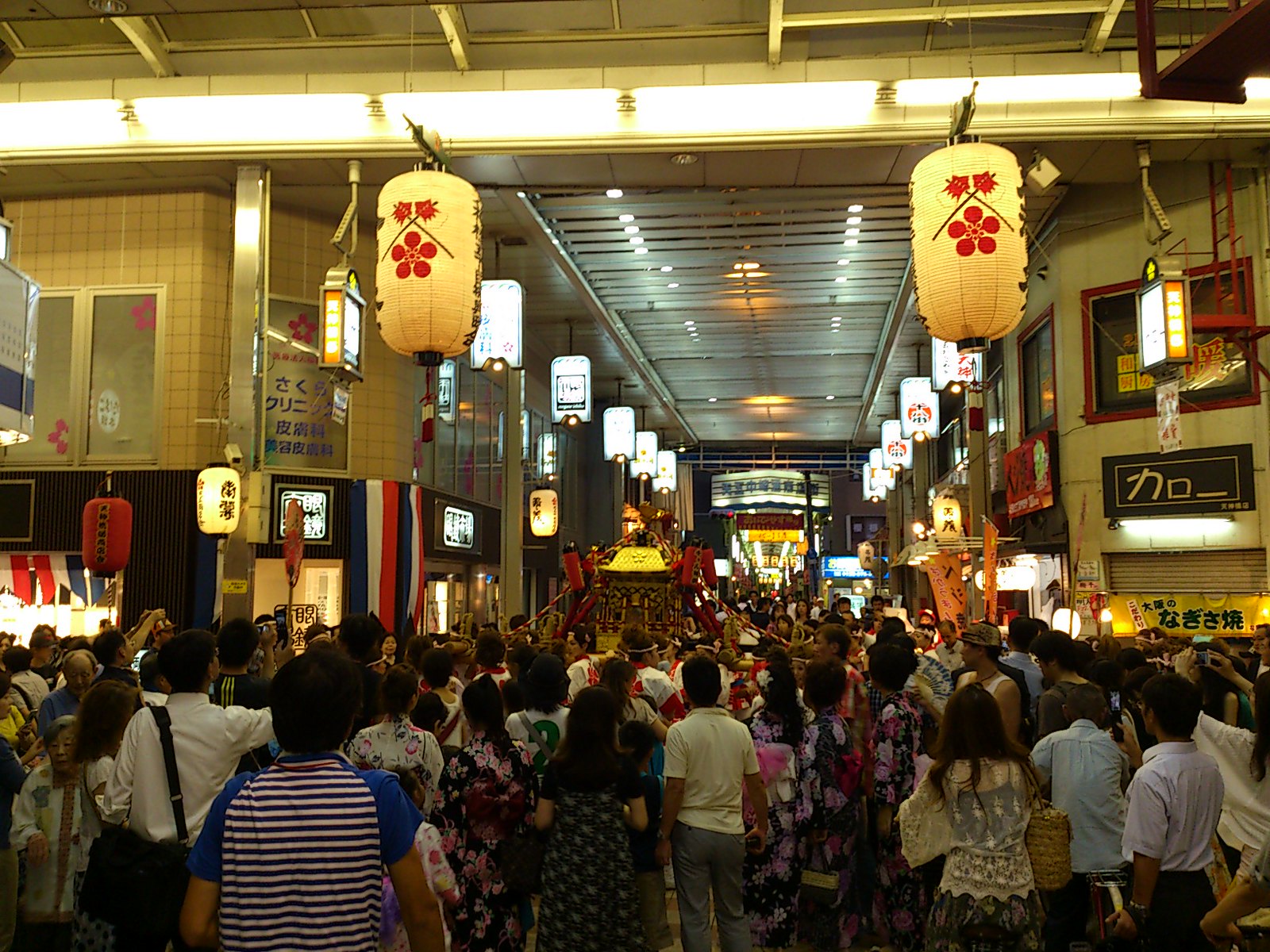
Credit: flickr/chiaki99
In the daytime the area, which has the longest shopping street (shotengai) in Japan is bustling with a variety of different shops, selling everything from knives to many handmade items. It has a nice neighbourhood feel to it and is a place where many locals shop. There is also an interesting museum located on the street, which gives us a glimpse of streets from the past through recreated houses.
Hozenji Yokocho
Hozenji Yokocho is a tiny street tucked away on the North side of Hozenji Temple near Dotombori. The alley is so small it’s easy to miss. You’ve probably walked past many times without noticing. The name literally translates as ‘street beside Hozenji.’ The street has been a popular place for nightlife since as far back as the 17th century when the area was famous as a theatre district.

Credit: flickr/letterchen

Credit: flickr/yumem
Hozenji Yokocho is full of atmosphere and particularly comes alive in the evenings, where you will find around 60 cafes, restaurants and bars. It is one of the best places in Osaka for local cuisine, including, teppanyaki, okonomiyaki and katsudon. The quaint and old fashioned alley with its many lanterns and traditional buildings makes you feel as if you are walking back in time and embodies the old world of Osaka through the many hidden backstreets. Yokocho alley is also known for its moss covered Fudo-myo statue known as Mizukake Fudo. Visitors like to pour water over the statue as it is believed to bring good luck.

Credit: flickr/cheekweng
Fukushima
Fukushima, is an up and coming neighbourhood, known for its close proximity to Umeda. The area was once a run-down part of the city but is now a trendy area with many stylish bars and cafes as well as independent shops and boutiques. It is the perfect place for exploring a new part of the city, especially at night, with such a great choice of eateries and bars available here.
To feel like a local, walk down Fukushima Shopping Street, which is lined with many small independent shops and cafes to discover. The street was recently renovated to help regenerate the community.
Fukushima is also quite arty, as it is the area where renowned Japanese street artist Grind Pencil created his commissioned work Seven Lucky Gods, located under the railway tracks. The colourful and eye-catching artwork matches the energy and atmosphere of this lively area.
Fukushima can be accessed from Fukushima station on the JR loop line or a 15 minute walk from Umeda.
Matsuyamachi
Commonly referred to as ‘Matchamachi; or ‘Gotchamachi’ (gotcha meaning jumble) by locals, Matsuyamachisuji is a street famous for traditional dolls and toys. Matsuyamachisuji has more than 100 specialist shops dealing in Japanese dolls, candy, toys, Japanese paper. As it mainly sells old and traditional items, it is not as popular as it once was but is well worth checking out.
Voir cette publication sur Instagram
During early spring, shops display ‘hina ningyo’ dolls, which are dolls celebrating girl’s day on March 3rd. Seen up close the doll’s amazing details and design can be observed. After the spring, many shops stock up on fireworks in preparation for summer. In recent years it has become more popular with younger people.
Although located only a few minutes from Namba, the area is not known to tourists, with the majority of visitors being locals. The shops mainly cater to wholesale merchants but are also open to regular customers. It is fascinating to browse and explore the hidden and bustling alleyways that are filled with history, representative of the true character and charm of the city.
Matsuyamachi-suji can be accessed from Matsuyamachi subway station on the Nagahori-Tsurumi-Ryokuchi line.
Tsuruhashi
Located just three stops from Namba is Tsuruhashi, the largest Korean neighbourhood in the whole of Japan. The area is made up of an amazing 800 shops around 6 different shopping streets and marketplaces, selling everything from Korean food to clothing and books. If you’re into Korean food this is the place to come.

Credit: flickr/nodoca

Credit: flickr/nodoca
The shops and restaurants are small independent establishments located under the railway tracks in maze like avenues. The majority of the stores have been here since the end of the second world war, with most of the inhabitants being Korean, now third or fourth generations. Many stayed in Japan after the war as they no longer had the means to return to Korea.
Although the area may seem a little run down, and old, it is definitely an interesting place to explore a different part of the city.
Tsuruhashi can be easily accessed from Tsuruhashi station on the JR loop line or subway Sennichmae line.
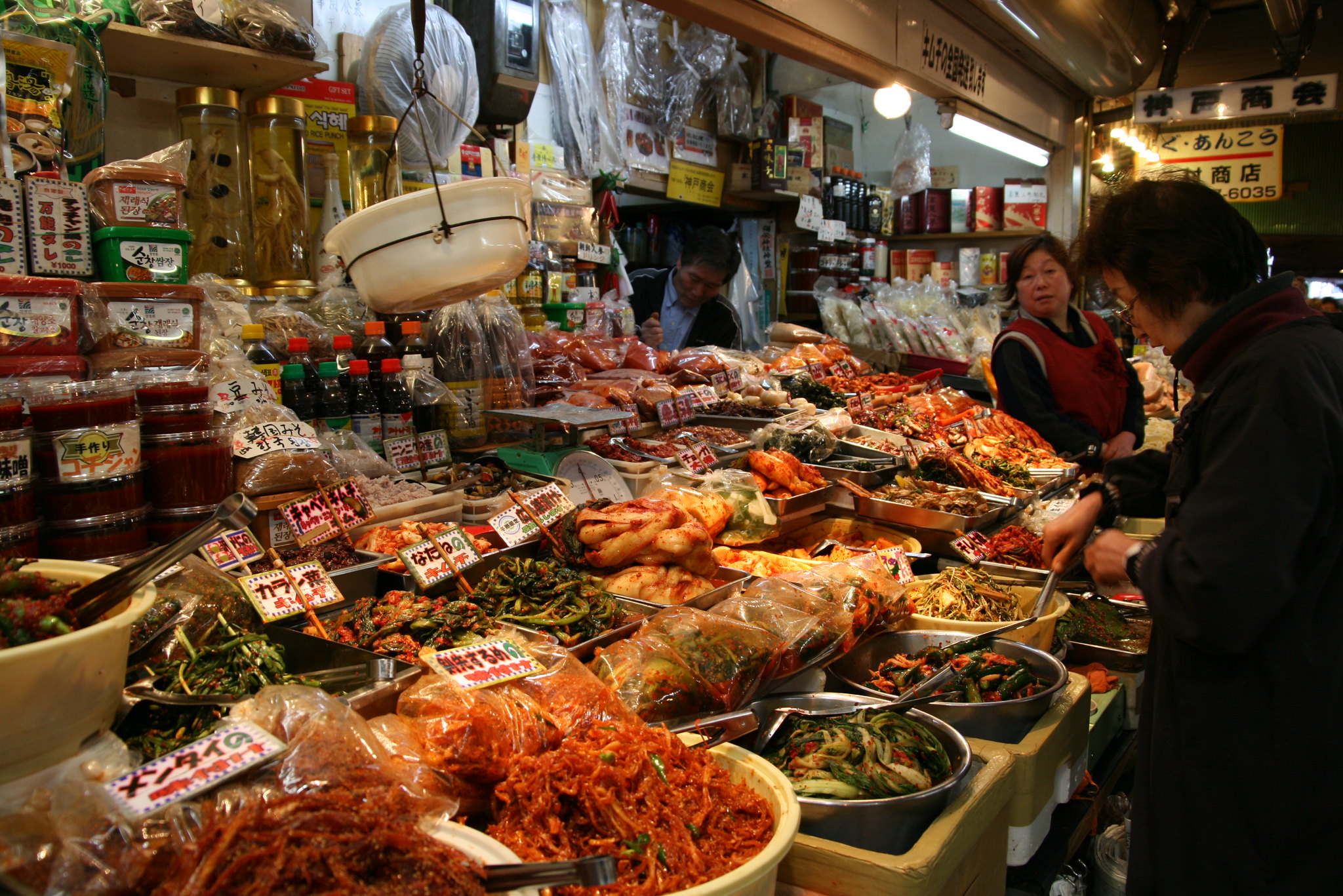
Credit: flickr/akari
Although visiting tourist places can be fun, it is interesting to discover other parts of Osaka, which can give a different feel to the city. There you have it, 6 off the beaten track neighbourhoods in Osaka.
Be sure to follow us on Facebook, Instagram, Twitter, and Pinterest for more fun stuff! See you again next time!

Alex Coles
Alex is a graduate of photography from London. He has a strong interest in visual arts and culture. Alex is half Japanese and has a great knowledge of Japan, having spent several years living there, visiting many parts of the country.

